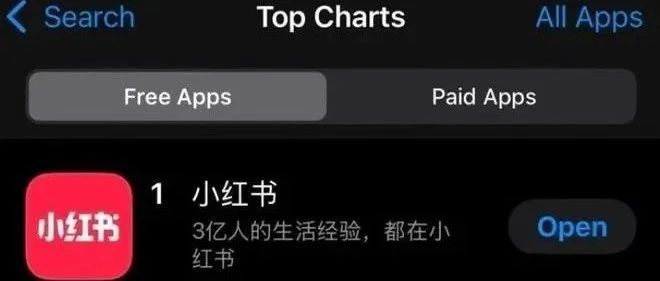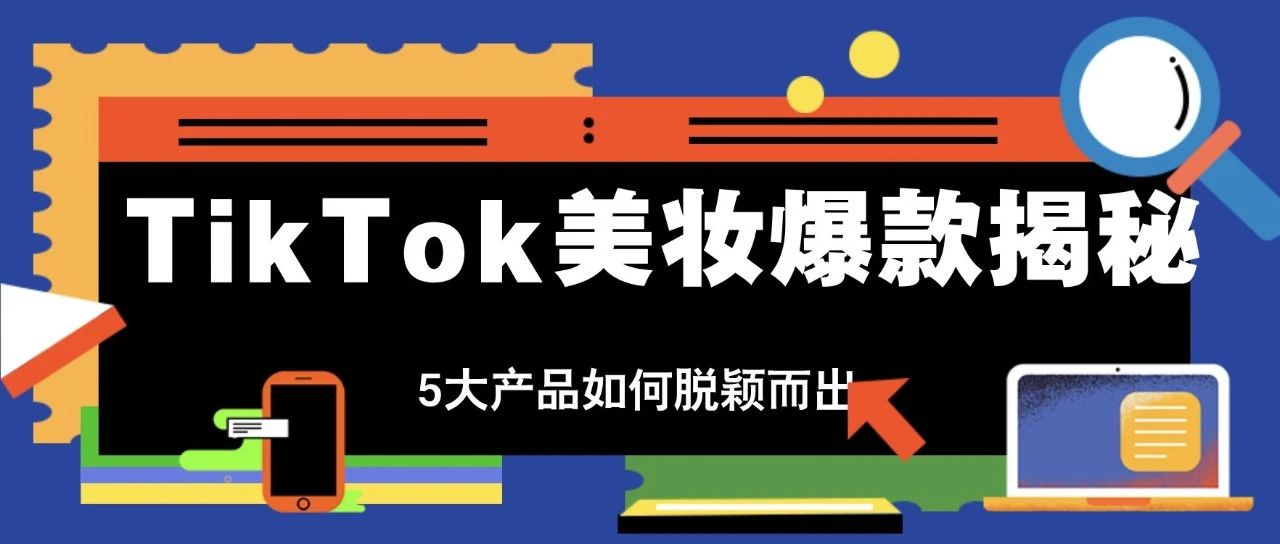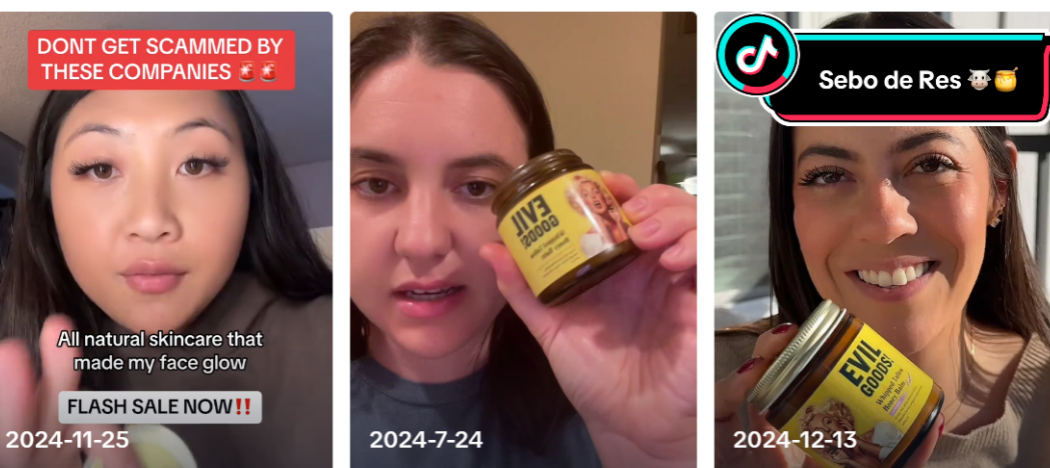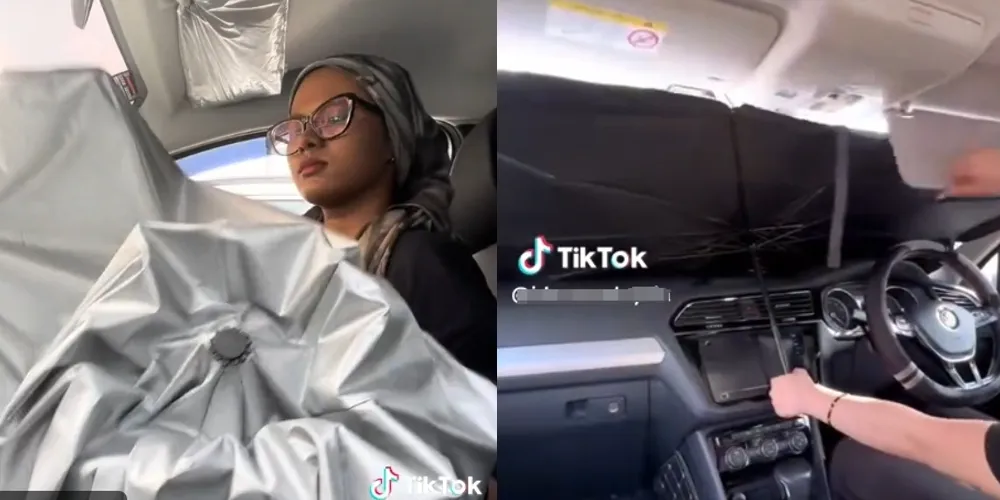TikTok is becoming a new GoFundMe, with views replacing donations to help people get out of debt
- TikTok users are paying off each other's debts using views as a digital currency.
- The trend involves engaging with videos to boost views, acting as a new kind of crowdfunding.
- Despite some success stories, experts doubt the trend's long-term viability.
"We are paying off each other debt on TikTok," a creator recently declared.
The creator, named Yolanda, was gushing about the "pay off each other's debt" trend that seems to have become popular on the app.
The movement asks TikTok users to engage by liking and commenting on each other's videos and watching them for at least five to 10 seconds. TikTok then pays out for increased engagement.
Essentially, it's a way of transforming views into digital currency.
"Everyone is eligible," said Yolanda. "If we all do this, can you imagine how easy it would be if we all worked together?"
More than 4,000 videos have been posted under the #payoffdebttrend hashtag on TikTok, with creators asking for help for various reasons including medical bills, student debt, and unexpected costs.
Katya Varbanova, an influencer marketing consultant and the CEO of Viral Marketing Stars, told Business Insider it's like TikTok has become the new GoFundMe.
"But instead of money, the currency is attention," she said.
US citizens owe an average debt of $104,215 across mortgages, car payments, credit cards, student loans, and other personal debts, according to an analysis by BI using data from Experian and the New York Federal Reserve Bank. The analysis did not include medical debt, which can rack up quickly to hundreds of thousands of dollars.
Jake Heisenburg, a medical student and content creator, jumped on the views-for-debt trend on May 12. He said that for TikTok revenue to pay off all his student loans, he would need 247 million people to watch his video for five seconds.
"Which you've just done," he said. "So thank you. I appreciate it."
The requirements for earning money on TikTok are to have at least 10,000 followers and to have amassed 100,000 video views in the previous 30 days.
According to creators who previously spoke with BI in 2022, the amount TikTok pays creators varies widely from a few pennies to $17 per 1,000 views.
Many factors are taken into account to calculate the number, including the total playtime of the video, the percentage of videos watched in full, and follower engagement.
Videos have to be at least a minute long, so Heisenburg waited out the clock by talking about his mustache, eating a bowl of cereal, and asking viewers to comment with their "favorite seven-letter word."
People did just that. They commented underneath to boost engagement and liked and shared the video to try to get it onto more people's feeds. And it worked — it amassed 22 million views.
"I will ALWAYS respect the hustle for someone trying to pay off their student loans," one commenter wrote. Another said: "This is the crowd-sourcing I'm here for."
Others commented to say they had watched the whole thing.
"Honestly, everyone do this and engage," said one viewer. "Let's help him secure the bag."
A few days later, Heisenburg posted an update. He said the camaraderie that he'd seen as a result of the trend was "absolutely astounding."
He said he didn't hit the goal of earning enough to pay off all of his debts, which was in the "low six figures," partly because it would have been unrealistic.
Overall, he said he'd made $4,200 from that one video, which was "a little bit lower" than he had anticipated due to the Revenue Per Mille (RPM) — the amount of money earned per thousand views — "dropped pretty sharply" to $0.34.
"However, that is more than I used to make at my old job in two months for one video," he said.
"If that video was the catalyst for even one person to start making content or even just make a few dollars to help themselves or others out, then I'd say mission accomplished."
Markia Brown, a financial counselor and content creator known as The Money Plug, told BI she'd seen the trend growing increasingly popular since TikTok revamped its Creator Rewards Program in March.
"It's popular because people can support their favorite creators or other random strangers, and it doesn't cost them any money, just a few seconds of their time," she said.
Mark Tilbury, a TikTok content creator with seven million followers who makes videos about money and success, told BI Gen Zerz, in particular, are smart with money and have noticed that "helping each other is the key to financial success."
"It's also incredible to see how much TikTok has evolved as a platform and how much they're investing in rewarding their creators," he said.
"Although the RPMs aren't always ideal, they're better than many other apps. So anyone with a phone should jump on this opportunity to make extra money through TikTok."
Varbanova told BI it can be so effective thanks to the unique way TikTok pushes out videos.
"This would not be possible on Instagram, or Facebook, or YouTube," she said. "This is only something you can do on TikTok because of the unique TikTok algorithm. It prioritizes videos that have been proven to be watched all the way until the end by a group of people."
These aren't influencers trying to sell something or companies asking for money, she said. They are regular people encouraging each other to help by giving up a minute of their time.
However, tides on social media can turn quickly, Varbanova added, and while people tend to appreciate money struggle stories, sharing money wins can be met with calls of being out of touch, privileged, and tone deaf.
This trend seems to be different, though, Varbanova added, because it's TikTok who stands to lose out if people can pay off their debts with views.
"They're banding together against the big man, TikTok," she said. "TikTok is this big billion-dollar corporation; let's take its money."
Brown said that while it's effective now, she isn't convinced the trend will last or that the strategy will work as a long-term means of paying off debt.
There are also risks, such as people having to set aside a certain amount of earnings for taxes or having their content flagged by troll accounts.
"Additionally, too many community guideline violations will have you removed from the program with very little warning or communication," Brown said. "Do not pass go; do not collect $200."
[ad]
TKFFF合作,请扫码联系!

文章来源: 文章该内容为作者观点,TKFFF仅提供信息存储空间服务,不代表TKFFF的观点或立场。版权归原作者所有,未经允许不得转载。对于因本网站图片、内容所引起的纠纷、损失等,TKFFF均不承担侵权行为的连带责任。如发现本站文章存在版权问题,请联系:1280199022@qq.com



















